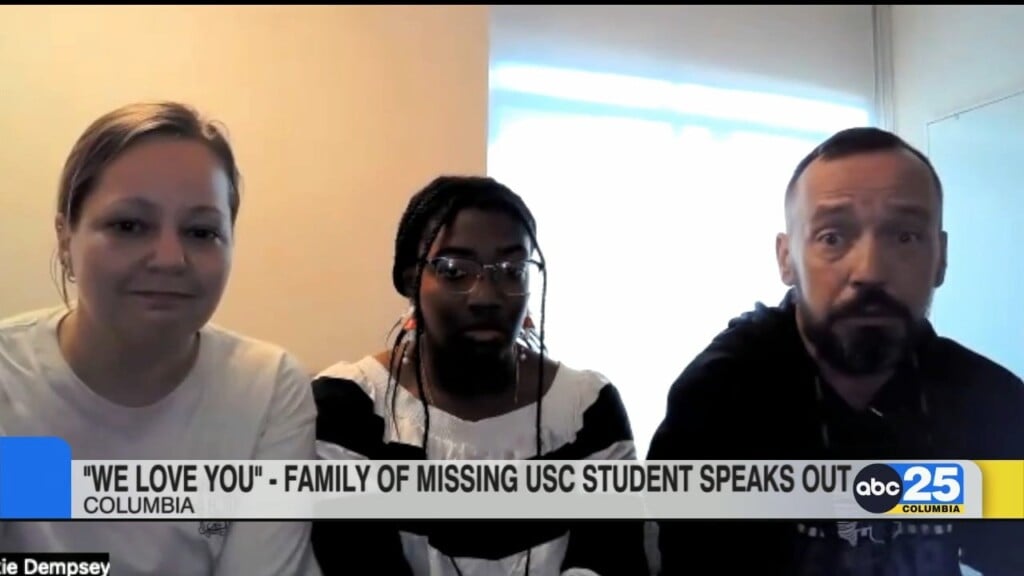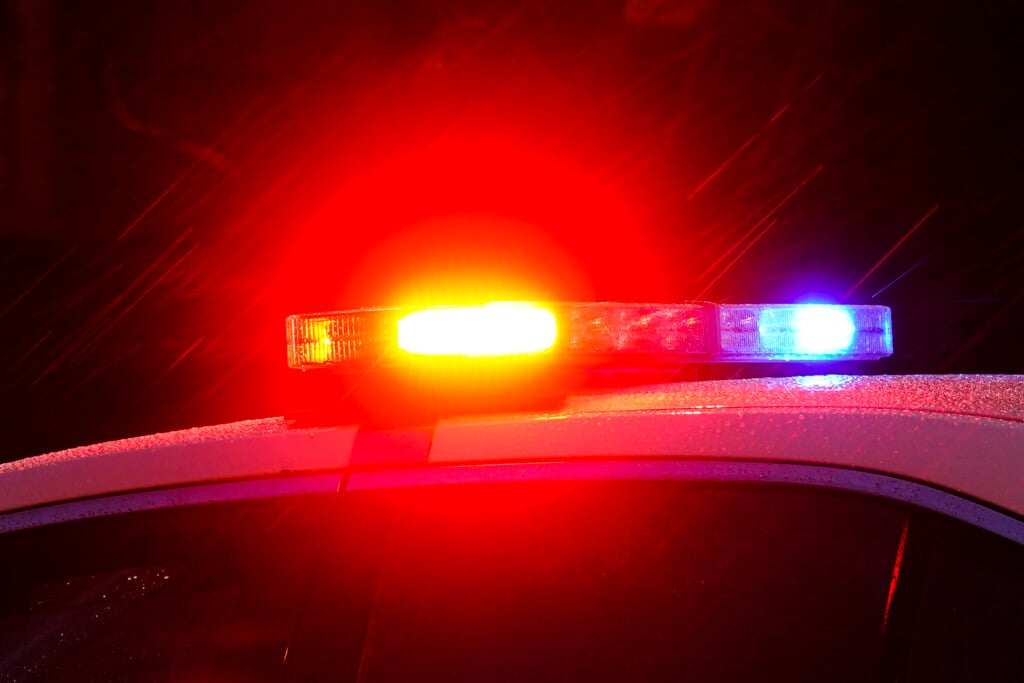Good Behavior: Putting your best FACE forward
Tyler Ryan learns about creating the right head shot from Pamela Eyring
COLUMBIA SC (WOLO)–Head shots used to be most often found in the entertainment world. It is the first thing that is asked for by a producer or director. Social media, and professional sites like Linkedin have made head shots commonplace. To ensure that you are putting your best YOU out there, Pamela Eyring from the Protocol School of Washington offers several tips:
1. Go pro.
Spend the money. It’s worth it. Go to a professional, who is trained, understands lighting,
and takes headshots for a living, not some friend who happens to have a decent camera
who “sorta knows a little about photography.” Save those pictures for Instagram, and leave
the headshots to the pros. Good headshots range from $400-$1200, and to get them
professionally duplicated (not at CVS) will cost you another $100. Anything less is just a
glorified passport photo. If the headshots look cheap, they probably are. And you look like
you don’t care about your career.
2. Go for personality over glamour.
Make sure it looks like you. Don’t go overboard on the airbrushing. It’s not about looking like
a Glamour Shot, it’s about representing your real self, some wrinkles included. It should
look like you on your best day, showing your age, and who you are now.
3. It’s all about the eyes.
This is your closeup, your moment. Your image. So your eyes should be perfectly in focus,
alive, and energized, and not dead and glazed over. There should be strong inner thoughts,
implying a backstory and a life behind the eyes.
4. Pay attention to framing, lighting, and background.
In general, a good headshot is chest up with good lighting on your face, and no strong
dramatic shadows. Three-quarter shots are good for print, and extreme closeups are good
for, well, nothing. Look directly into camera, and the focus should be on the center of your
eyes, not your left ear, or your shirt collar. No peace signs, weird facial hair, or the famous
“hand on face” pose.
5. Natural light vs. studio.
Some photographers do both, as they offer a different look and feel. Natural light gives a
very real, “film” look, which I prefer. Studio lighting tends to be a little more polished, with a
more neutral backdrop. Both can be wonderful.
6. Clothing and props.
Professionalism gets you noticed, not desperation. Leave the Ed Hardy and “statement”
shirts at home. A simple, solid color shirt or jacket with a little texture that fits you well and
matches your eyes should do the trick. No whites, and no graphics or anything you think
might distract from your face. And no props. No boas, no cowboy hats.
7. Don’t go crazy with the makeup.
Yes, lots can be done with retouching. There is no need to put on tons of makeup. You want
to look like yourself on your best day, and not look like you tried too hard. Girls, be yourself,
do your hair the way you would for every audition. Guys, bring some oil sheets to take down
the shine, and maybe use a lightly tinted moisturizer to take out the redness and even your
skin tone. Some people spend way too much on makeup, only to have to get their
head shots redone afterwards because they look fake in all the photos.

